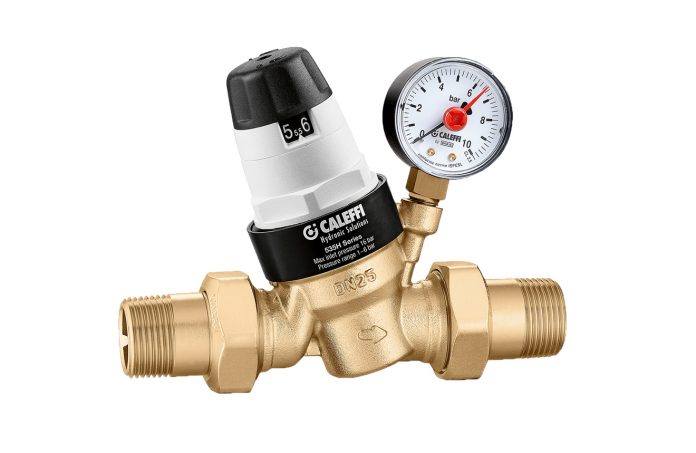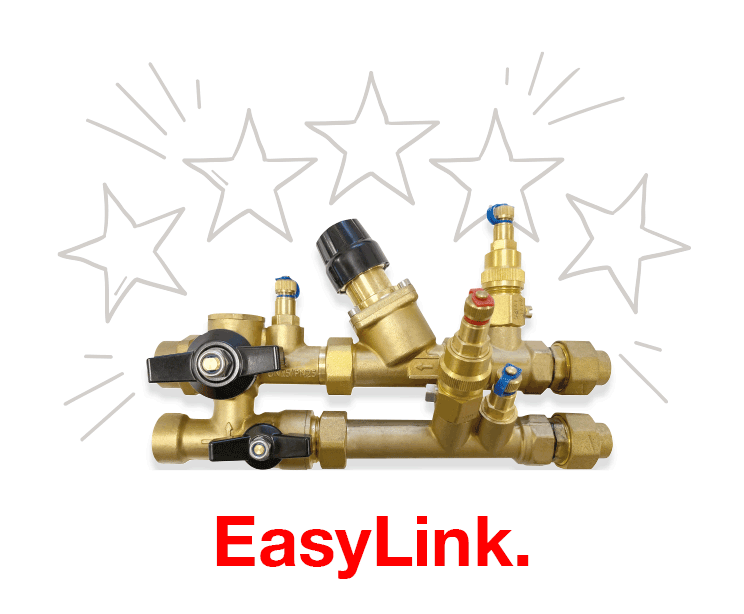The application and operating principle of PRVs is fairly simple to understand. They are installed in residential, semi-commercial and public buildings to reduce and stabilise the inlet water pressure. They are designed to reduce water pressure and maintain it to a set level, preventing damage to those components installed downstream of the PRV. Here we explore some key considerations when selecting and installing a PRV.
Which PRV should I use?
There is a selection to choose from based on the application (cold water or hot and cold water service), with or without a pressure gauge, set using a screwdriver or a Dial up setting.
What is ‘Drop-Tight’ Control?
When a PRV operates under both flow and no-flow conditions, this is known as ‘Drop-Tight’ control. ‘Drop-Tight’ control prevents the pressure from ‘creeping’ (an increase in downstream pressure under no-flow conditions).
Can the end-user adjust the pressure themselves?
Yes, as the valve works off a spring and diaphragm you can set the outlet pressure by turning the screw on the top of the plastic cover (Caleffi 533 Series) or by turning the pre-adjustable dial up knob complete with pressure setting indicator (Caleffi 535 series).
Can the PRV be installed in any orientation?
The PRV has a flow direction arrow cast onto the body – the valve must be installed with the flow in the direction of the arrow. The valve can be installed horizontally or vertically but must not be installed upside down. If the valve is installed horizontally, then the cartridge should be vertically mounted.
Do I need a strainer in the system to protect the PRV?
The strainer may already be installed as part of the system design. However, Altecnic 533 and 535 series PRVs both incorporate a strainer screen as part of the cartridge assembly.
On what applications can I use the Pressure Reducing Valves?
The PRVs are generally used on water and potable water applications. Some PRVs are also used on compressed air, natural gases and natural non-adhesive fluids. They should not be used on salt water, petrol or diesel.
For more information, contact Chris Reilly, Country Manager, on 00353 (0)85 2152288 or e-mail chris.reilly@altecnic.co.uk or Gary Swann, Northern Ireland Sales Manager on 07760 596727 or e-mail gary.swann@altecnic.co.uk or visit the website at www.altecnic.co.uk











